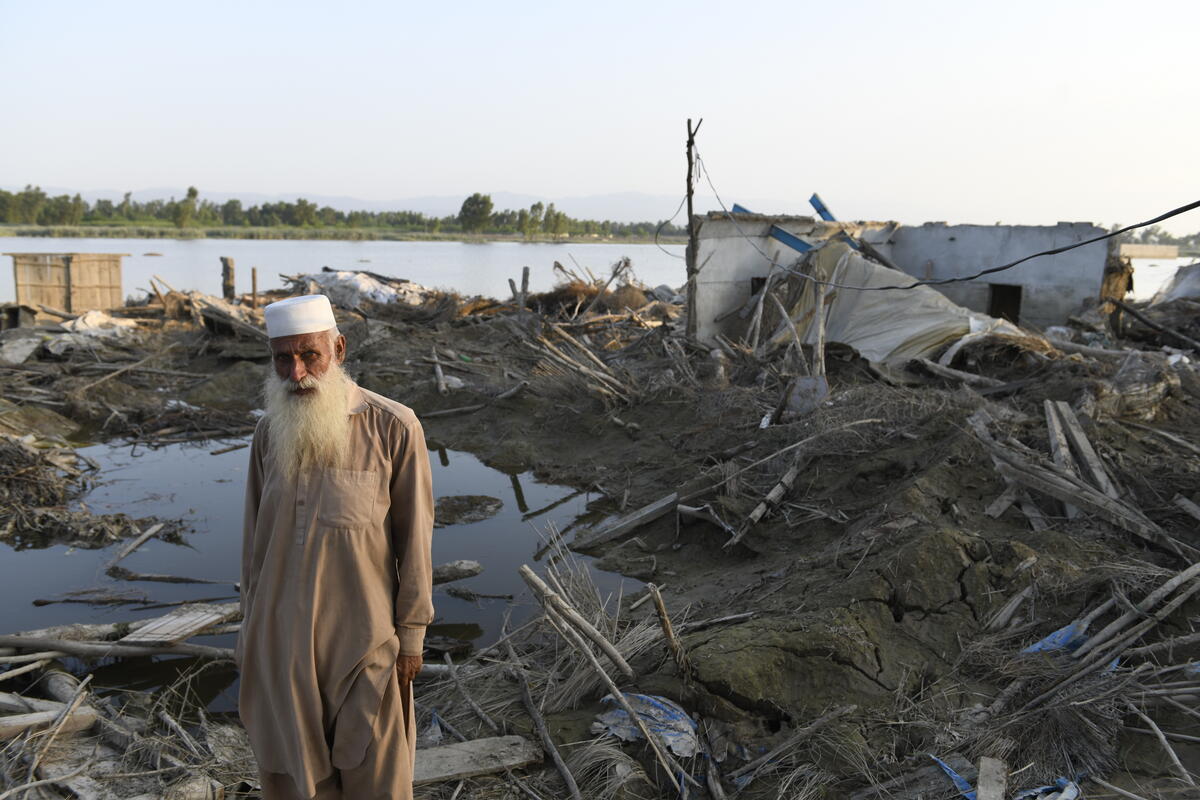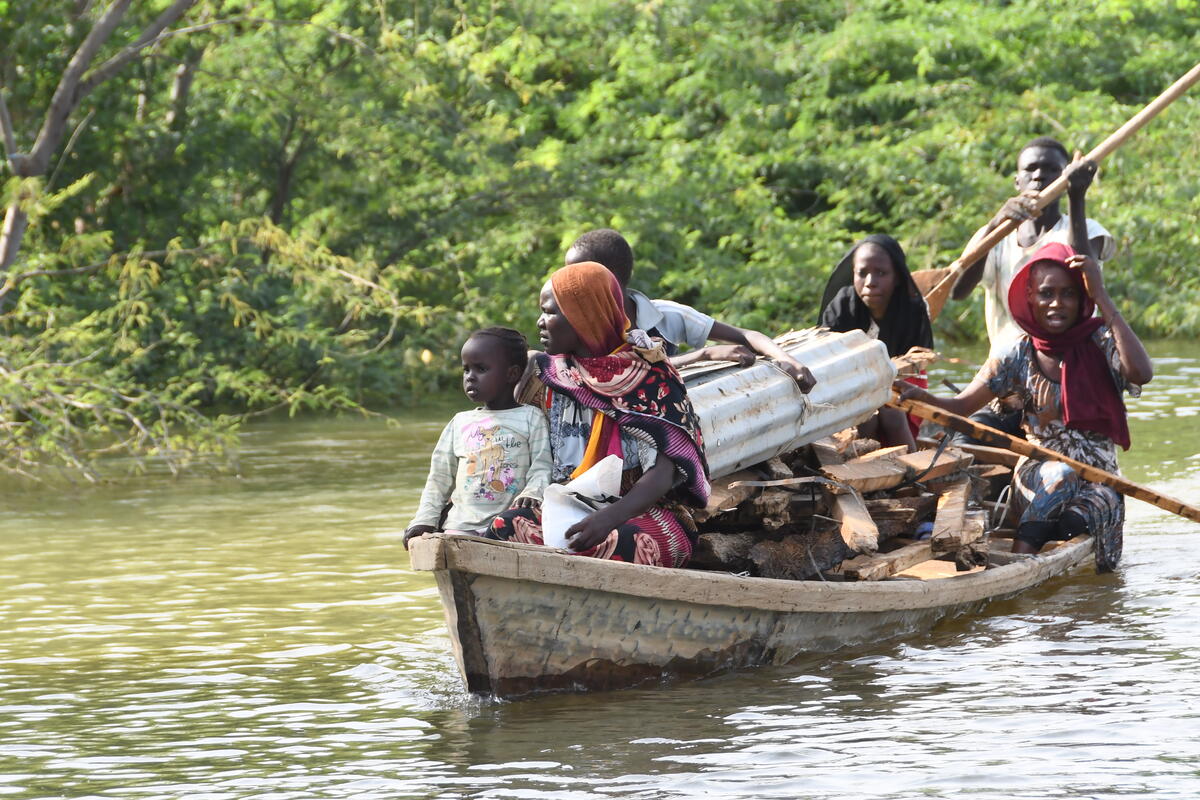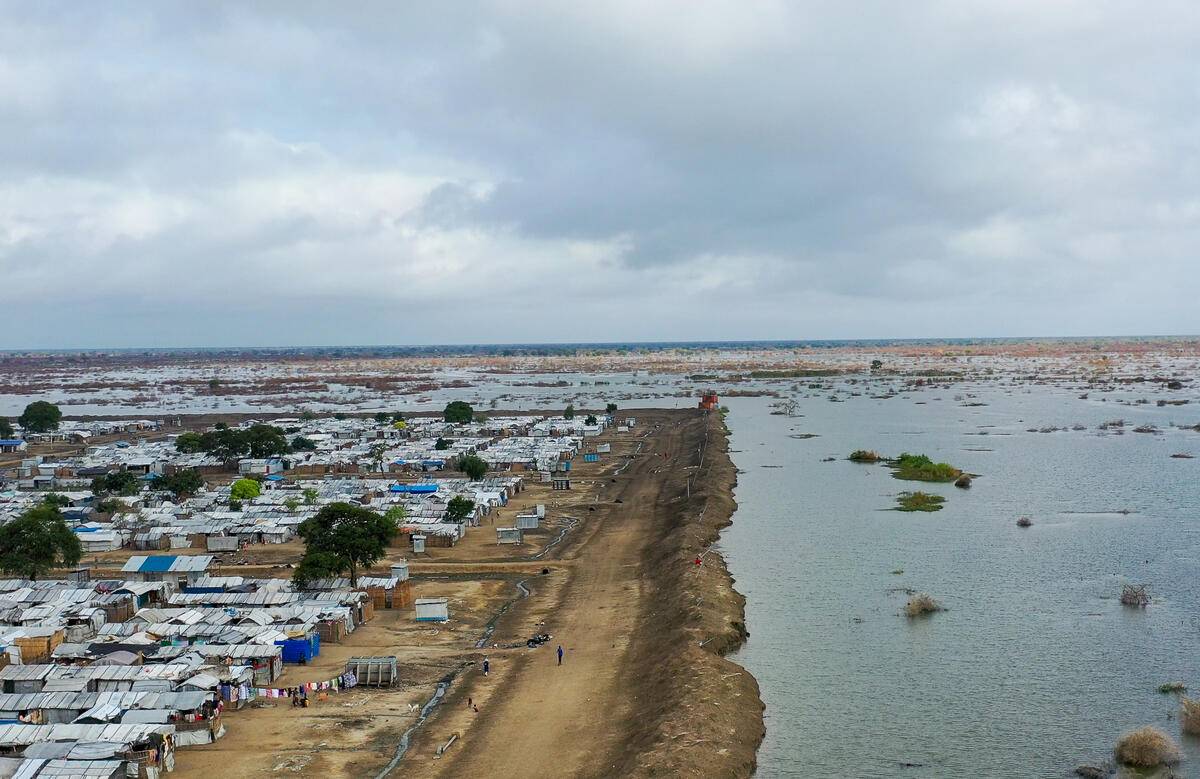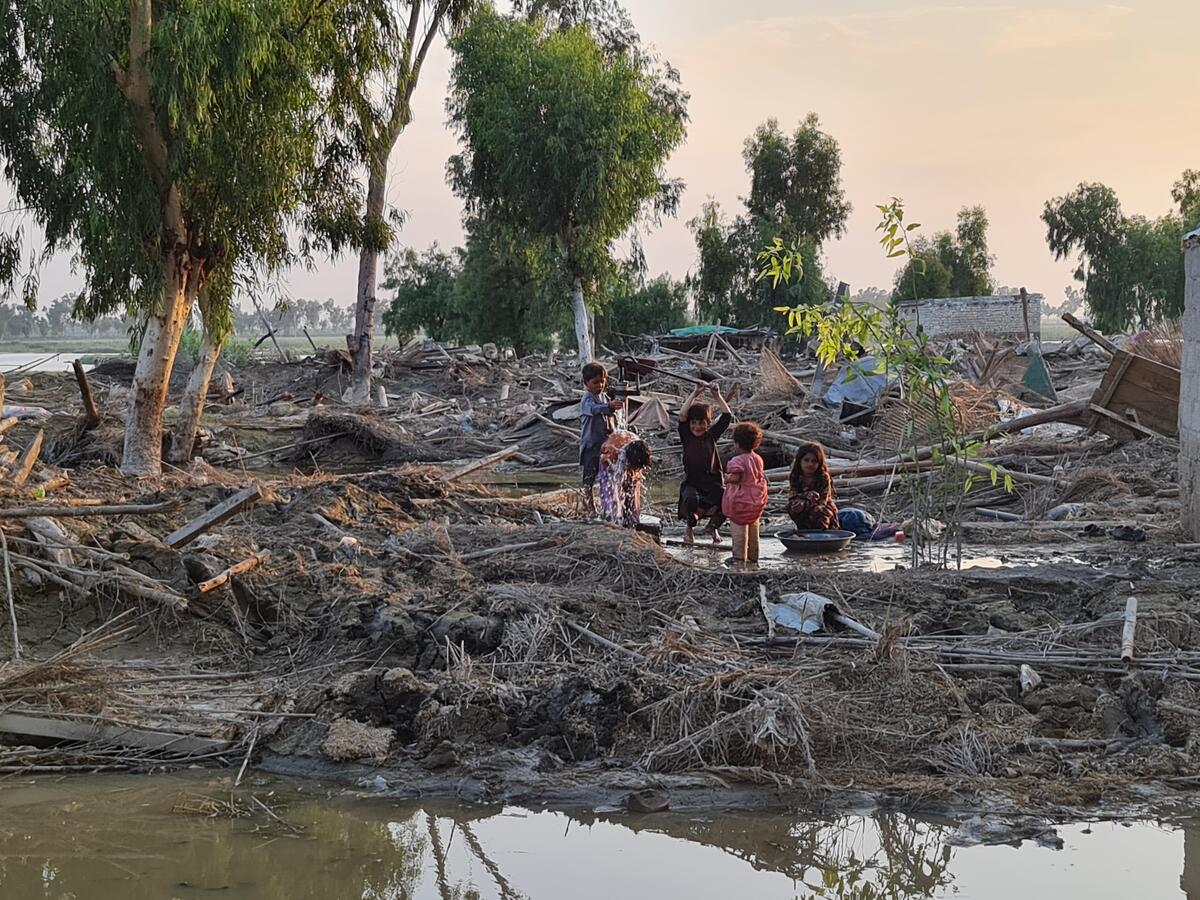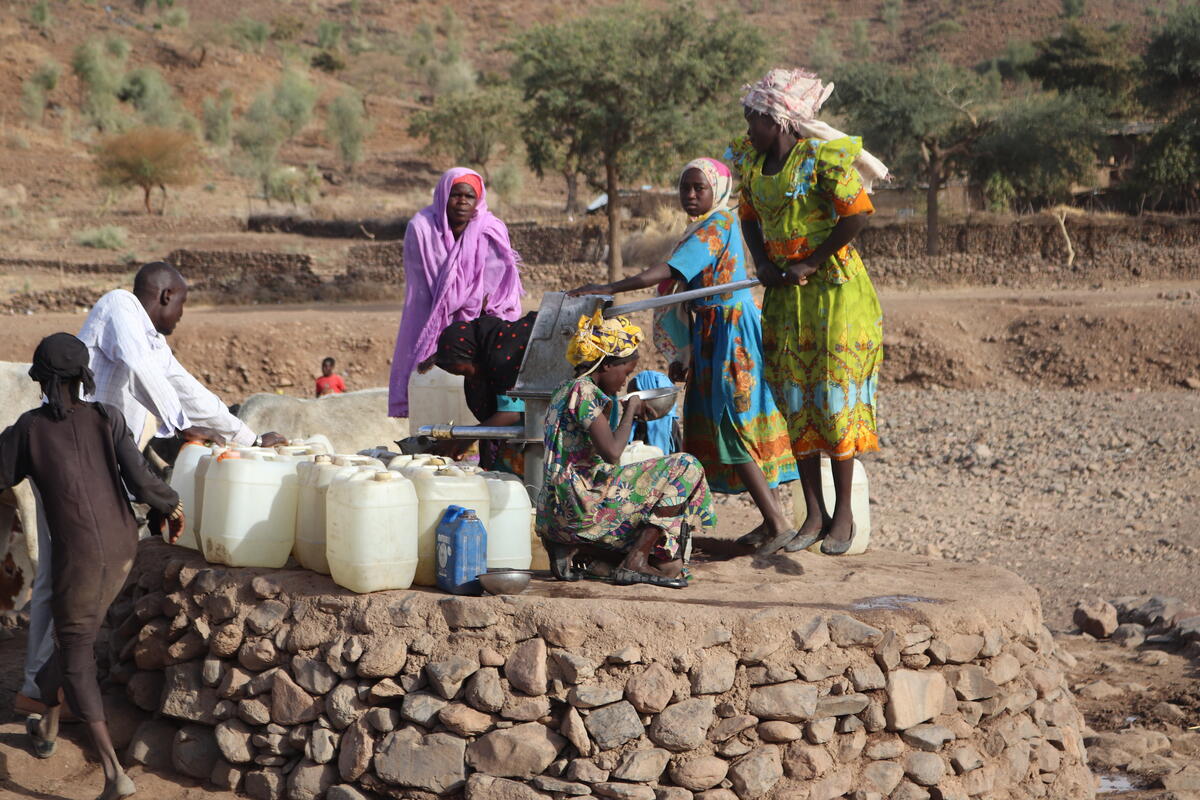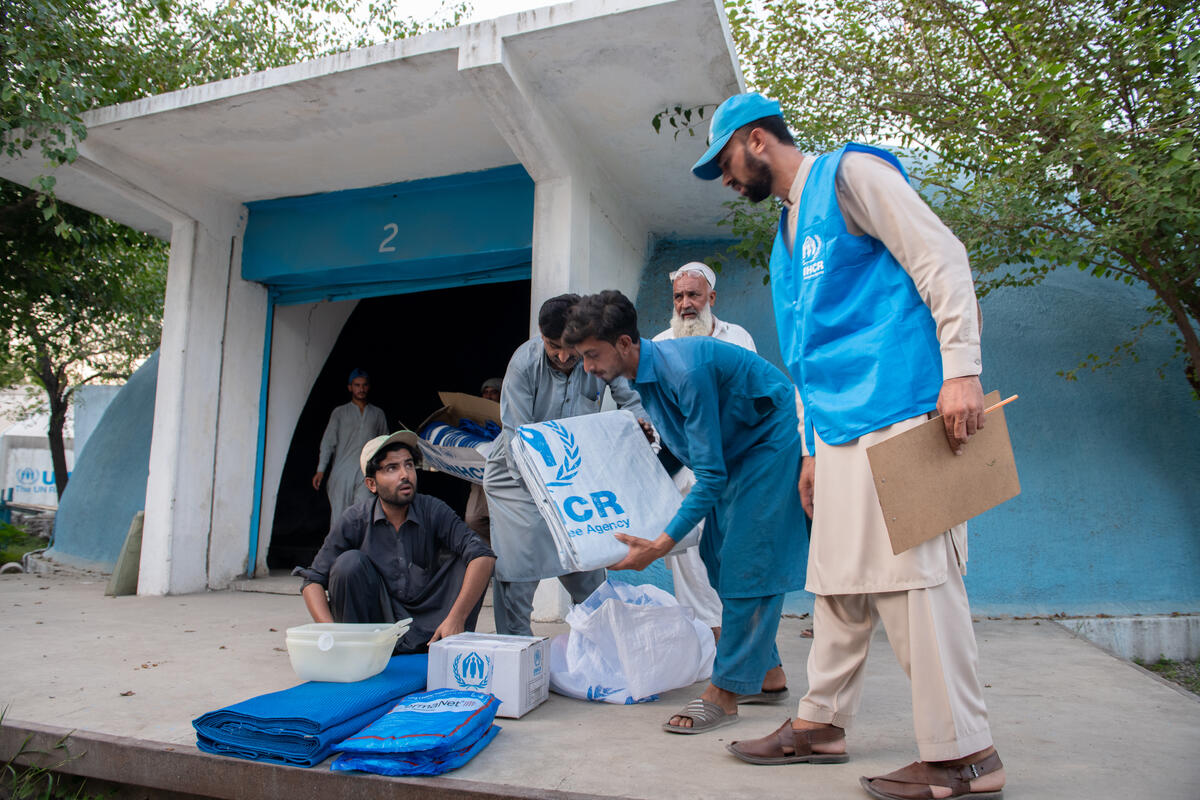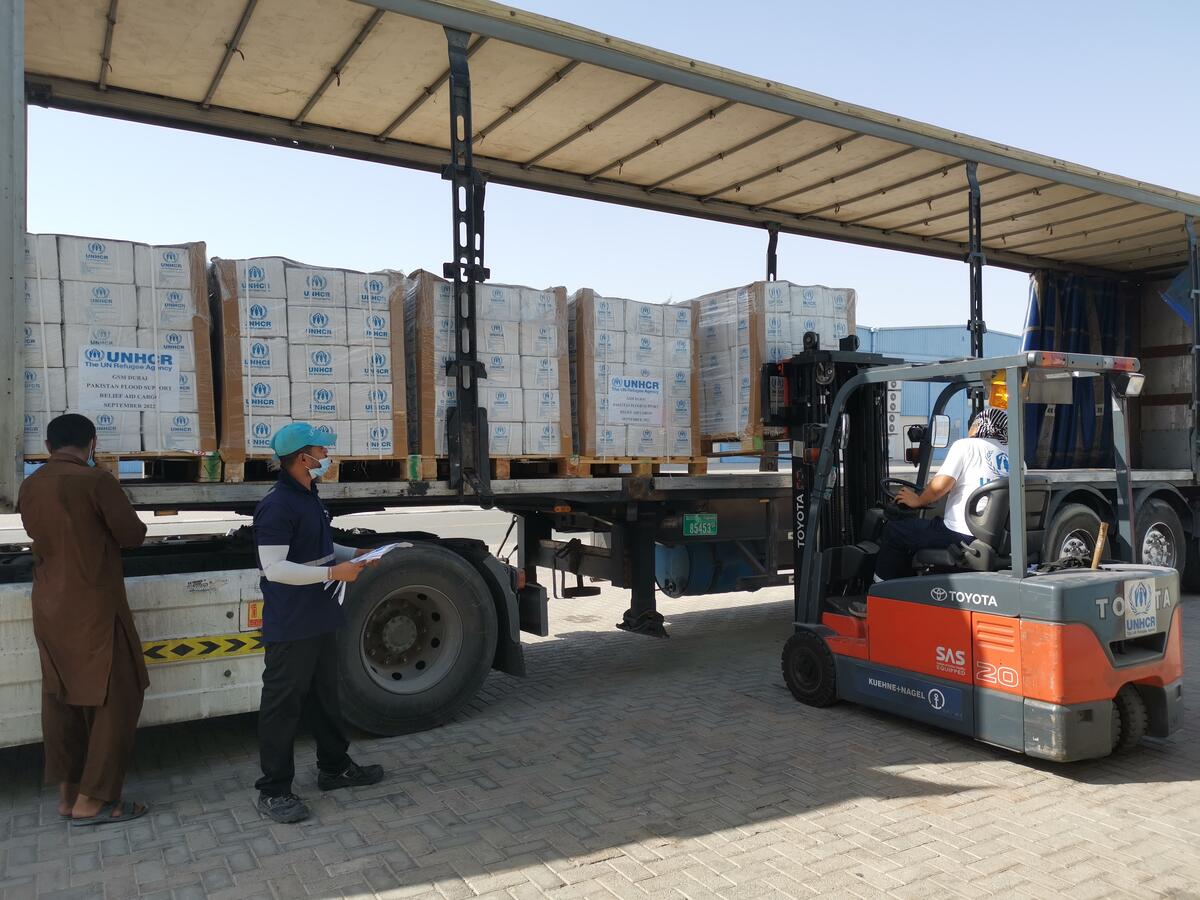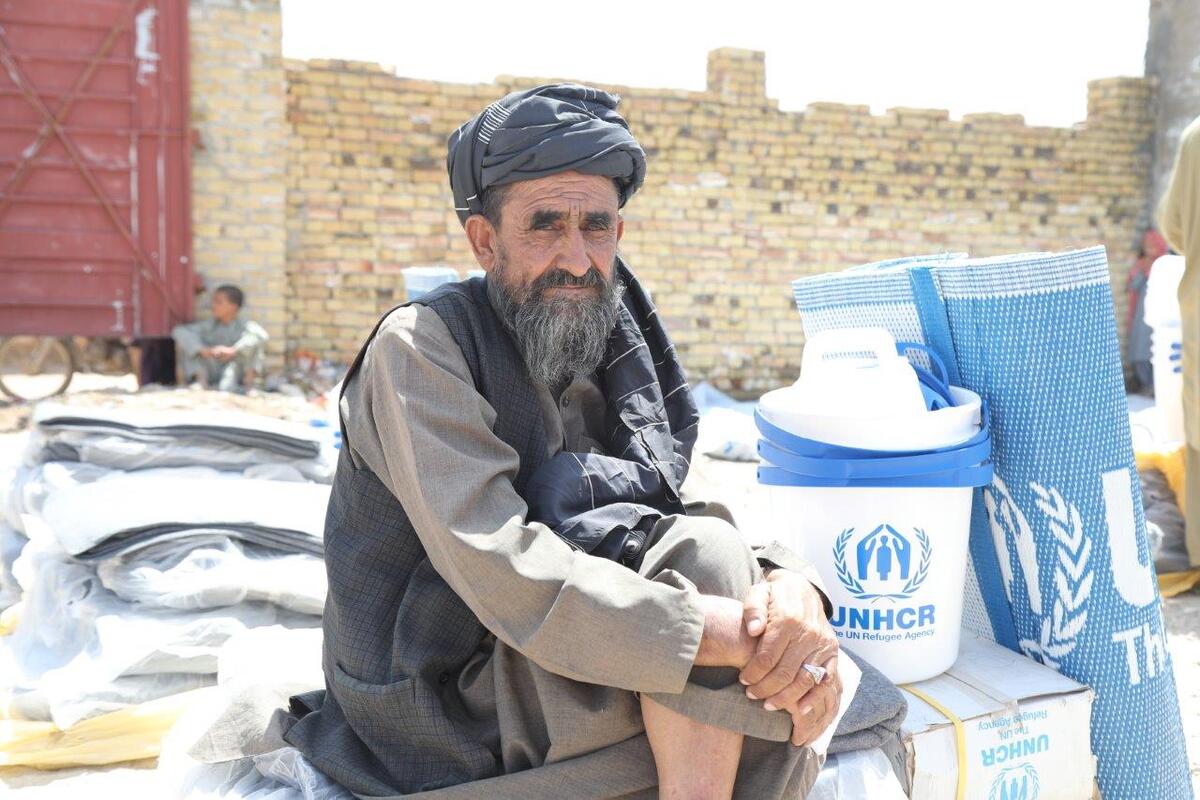Kenya: Airlift to flood-affected refugee camps in Dadaab
Kenya: Airlift to flood-affected refugee camps in Dadaab
Our airlift of emergency supplies for thousands of refugees in Dadaab refugee camp complex in north-eastern Kenya whose homes were swept away by floods over the past three weeks have stepped up pace with three flights from Nairobi since Friday and two more scheduled for today and Wednesday. The flights are delivering plastic tarpaulins and medical supplies.
Dadaab - a three-camp complex for 160,000 refugees - has been hit by heavy rains that have washed away parts of the Garissa-Dadaab road, the only road connecting the remote camp from the Kenyan capital, Nairobi. Airlifts are now the only viable means of getting relief supplies to the camps where over 100,000 refugees have been badly affected by the flooding. No rain has been reported over the last three days and the flooding has markedly decreased. We are continuing to move the most affected people from Ifo camp to higher ground at Hagadera camp, some 20 km away. So far 4,500 refugees have been relocated.
UNHCR and other agencies working in Dadaab have started developing a new site in the higher part of Ifo camp in an effort to find a more permanent solution to the flooding problem. The site, called Ifo II, lies on higher ground and is unlikely to be affected by floods. Around 1,000 refugees have already moved to the new site. Temporary services such as health clinics, communal latrines, water points and food distribution centres will be constructed in the area. A mass information campaign is being started to urge refugees to move from the worst flood-prone areas to the new site
The distribution of food and non-food items is ongoing with priority given to the most affected. There are concerns about the rise in malaria cases. More mosquito nets are being sent to hospitals. Diarrhoea and malnutrition are also rising rapidly.


